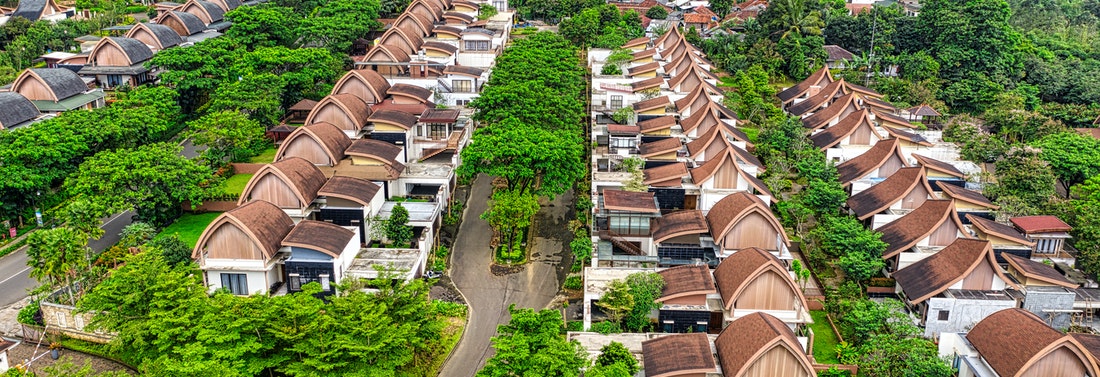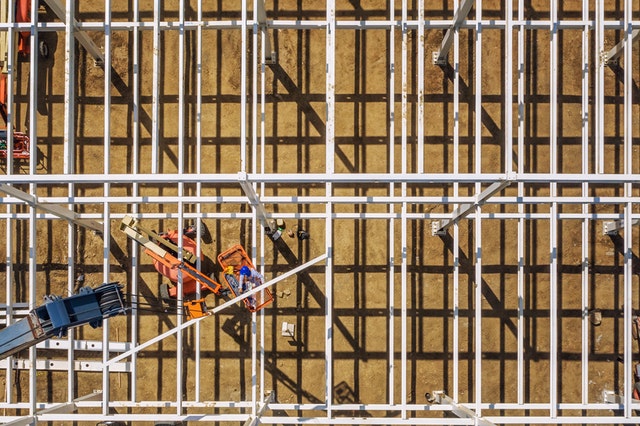Green Building Principles for Underserved Communities
Sustainable construction creates homes that promote human health and are good for the environment. However, the cost of homes and building materials continues to rise, making it challenging for many in underserved communities to find homes at all.
What if there was a way to build sustainably and help reduce the cost of living? Here are five ways you can use green building principles to make safe and environmentally conscious housing more accessible for underserved communities.
1. Increase Energy Efficiency
Traditionally, housing cost has been estimated by the initial costs of a down payment or rental deposit. However, utility bills, transportation costs, and monthly housing payments mean that the cost of living is much greater than an initial payment. Utility bills in particular can increase from year to year and strain tenants’ resources.
Improving energy efficiency is one of the best ways to positively impact the environment and make housing more affordable. Although the ideal situation would be to build net-zero homes with eco-friendly materials, updating old buildings is often a more affordable way to reduce the burden of cost on tenants and the environment.
2. Reuse Materials
The price of building materials has skyrocketed since the onset of the pandemic, but it was high even before then. Reusing construction materials can help solve this problem – it’s good for the environment and another way to make housing more accessible.
Lower building costs mean homes can be rented or sold for less while still bringing a profit. Both construction companies and individuals who want to build can benefit from reusing materials, especially in light of recent material shortages. When second-hand materials can’t be found, many green materials are compatible in cost with traditional materials and will benefit homeowners longer.
3. Build Modular Homes
Modular homes are an amazing example of how sustainable building can also reduce the price of homeownership. These homes are built inside large warehouses in modules, reducing waste and build time. After most of the construction is finished, they’re assembled on-site into a fully functioning home.
Many modular home companies work to make their homes energy efficient, which reduces the cost of living after moving in. Through thoughtful insulation, LED lights, tankless water heaters, and Energy Star appliances, modular homes are better for the environment and cheaper to live in than more traditional housing.
4. Reform Zoning Policies
Transportation costs can also factor into the affordability of a home. For instance, individuals who rely on public transportation can’t live in cheap housing in the suburbs. Homes that are close to grocery stores, schools, and work are more feasible for underserved communities.
Unfortunately, building in the city can be challenging because of zoning laws. For example, some policies make it impossible to build multi-unit apartment buildings or even duplexes, favouring more expensive single-family homes instead. While zoning laws remain unchanged, it will be very difficult for sustainable, affordable housing to meet the needs of underserved communities.
5. Demonstrate Long-Term Value
Many zoning principles have stayed in place because homeowners are trying to protect their property value. However, green buildings have a high property value and attract environmentally conscious individuals who care about living a healthy lifestyle. Increased housing options will also draw hardworking people to the area, where they will stimulate the local economy.
Affordable housing doesn’t always mean trailers, and green housing doesn’t always mean net-zero homes. When sustainable housing meets affordable homes, you can create cheaper, environmentally friendly homes that add value to every neighbourhood while keeping energy costs low. Because of its value in modern society, green housing can help solve the zoning problem many cities are facing.
Making Homes Affordable and Sustainable
Truly sustainable homes are those which support the environment and create healthy, accessible shelter for families. By implementing green building principles, you can reduce the cost of living and give underserved communities more options for healthy housing.
Although it may take time for legislation like zoning laws to change, more and more people are becoming interested in green building for its energy efficiency and positive impact on their health. You can get ahead of the curve by implementing these principles now and doing your part to bring opportunity to underserved communities in your local area.
Author Bio: Evelyn Long is a writer and the editor-in-chief of Renovated. Her work focuses on green building and sustainability initiatives.




